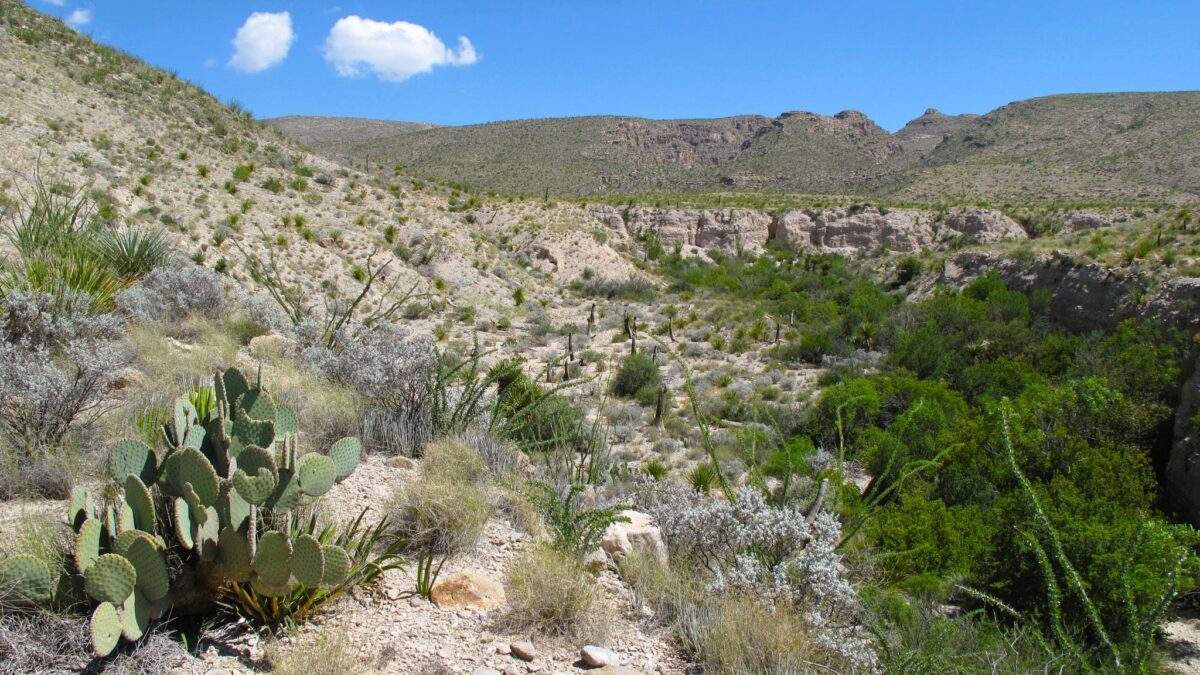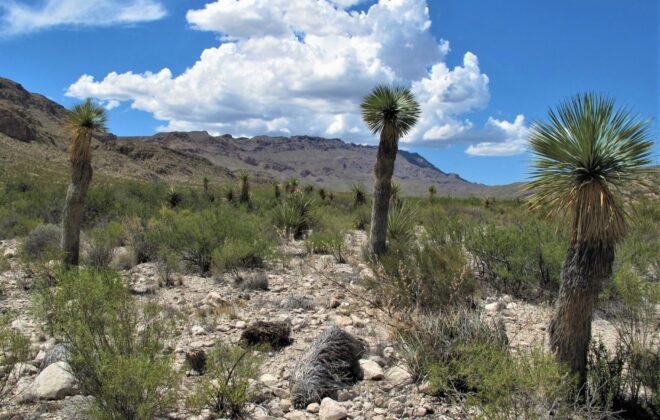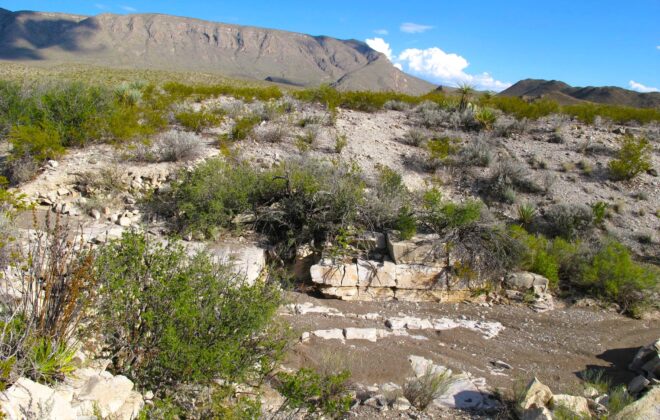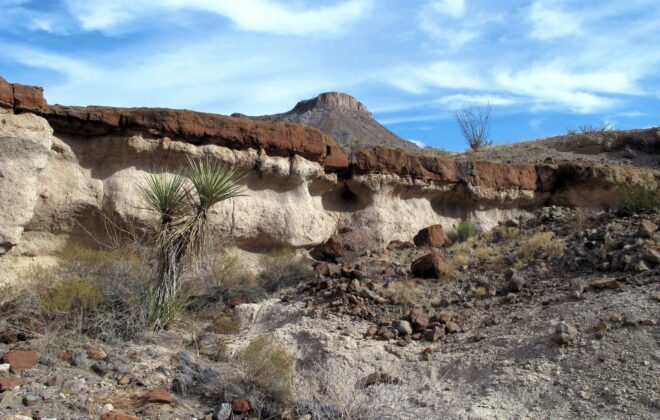The Struggle to Keep Living
Big Bend National Park
SOMEWHERE IN THE LOWER BIG BEND:
There is not a single square mile in this country that does not present a challenge of some sort, and often enough more than one.
From the jungle-like brush thickets found in the mouths of large arroyos along the Rio Grande, to the vertical clefts of the Chisos and the denuded landscapes of the barren, eerily eroded malpais dotting this unforgiving land, these challenges await. Only the strong survive, and sometimes being strong in itself is still not enough.
Perhaps that was what pulled my family into these environs some six generations ago, and even after many moved on the lingering pull remained. It is a longing of the heart and of the spirit, for a place that presents a challenge to a man every minute of every day.
For one is never more alive than when in the struggle to keep living.
This past week I was prowling the western slopes of one of the harshest climes in this region, the Dead Horse Mountains. Known also as the Sierra del Caballo Muerto, the range is also the source for many a colorful epithet passed down by those who have experienced its native treacheries.
Running a wrathful swath from the river up to near Dog Canyon, this onerous mountain range makes up the most inhospitable portion of the national park. Maps from a hundred and twenty years back show little more than the names of one or two landmarks, and little else.
No road is shown traversing it, nor any marked trail. There are no designated springs or tinajas, just a maze of convoluted elevation lines whispering warnings of the many miseries awaiting the unwary and unprepared.
Yet springs and tinajas and trails do exist, as well as the signs of the Ancients who lived in this forbidding environment long before any Apache or Spaniard managed to set foot here. Finding most any of these necessities for life is the trick, and therein lies yet another set of challenges.
My abiding curiosity in these mountains has been refocused recently, and I am spending more of my time scouting about. This is especially so along these western slopes, as my upcoming sixth book uses them as a backdrop for my third historical novel.
The time will be the early summer of 1929, as a group of refugees seek a new life while fleeing the brutal aftereffects of the Cristero Rebellion. In the process they find themselves evading both Mexican cavalry, as well as the American Army on either side of the river.
Then there is the terrain itself; the heat, the thirst and the many attendant dangers. A desperate people fleeing a certain death amid the far-reaching, willful grasp of a desolate land. Their route lies through here, where most others would never go.
As said before, one is never more alive than when struggling to stay so.
God bless to all,
Ben
Ben H. English
Alpine, Texas
USMC: 1976-1983
THP: 1986-2008
HS Teacher: 2008-2010
Author 2017-Present
Facebook: Ben H. English
Webpage: benhenglish.com
‘Graying but still game’



